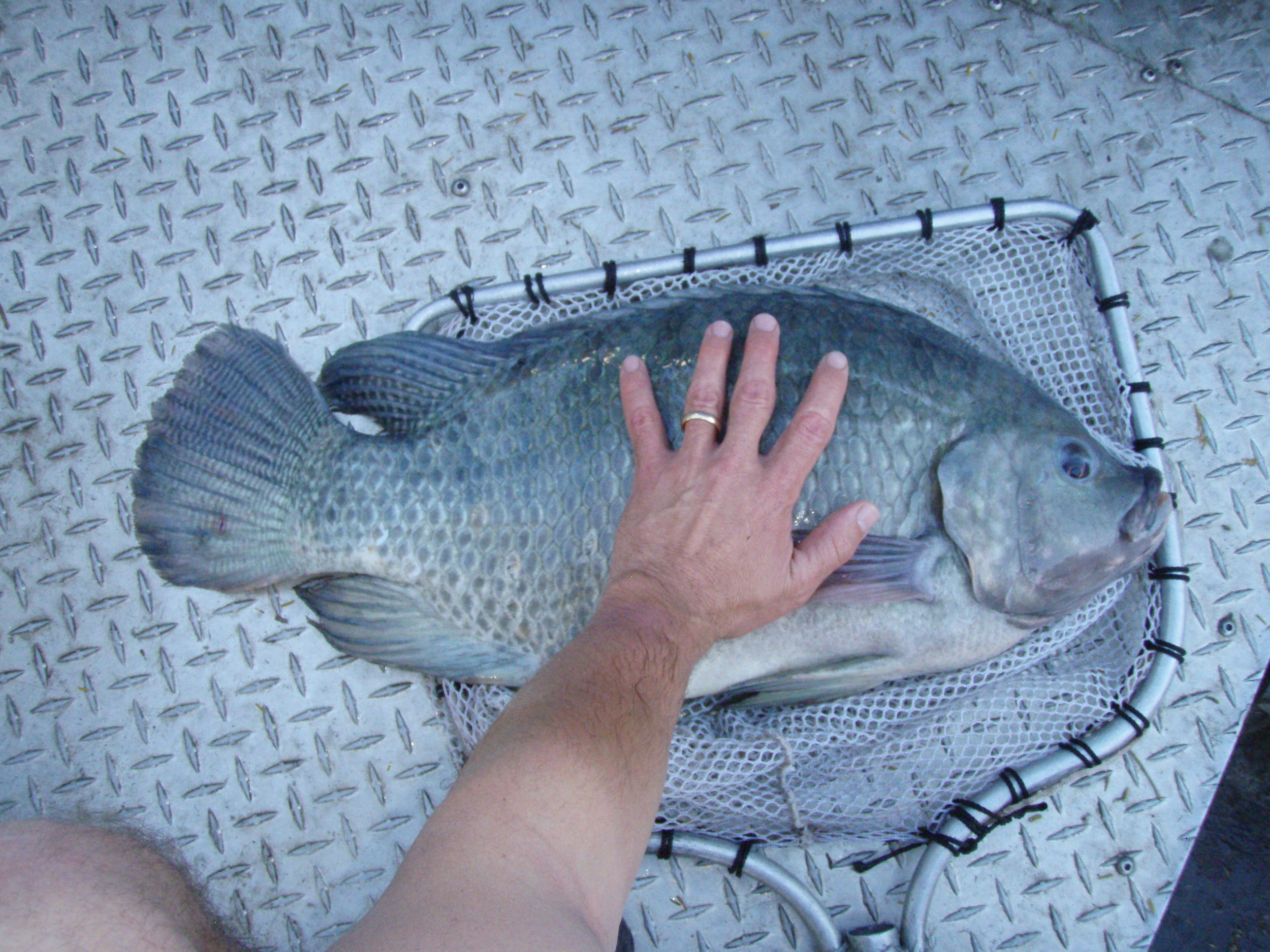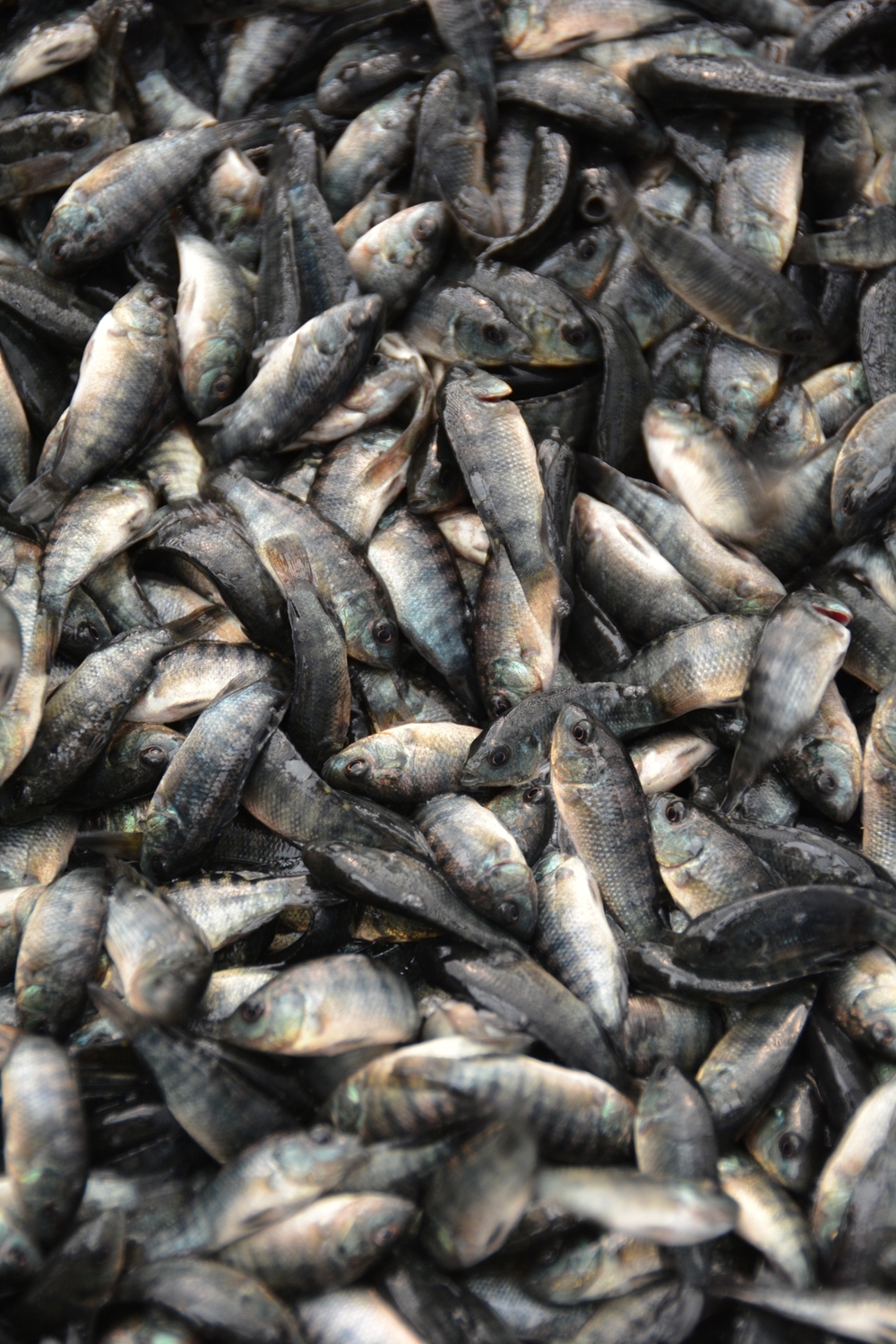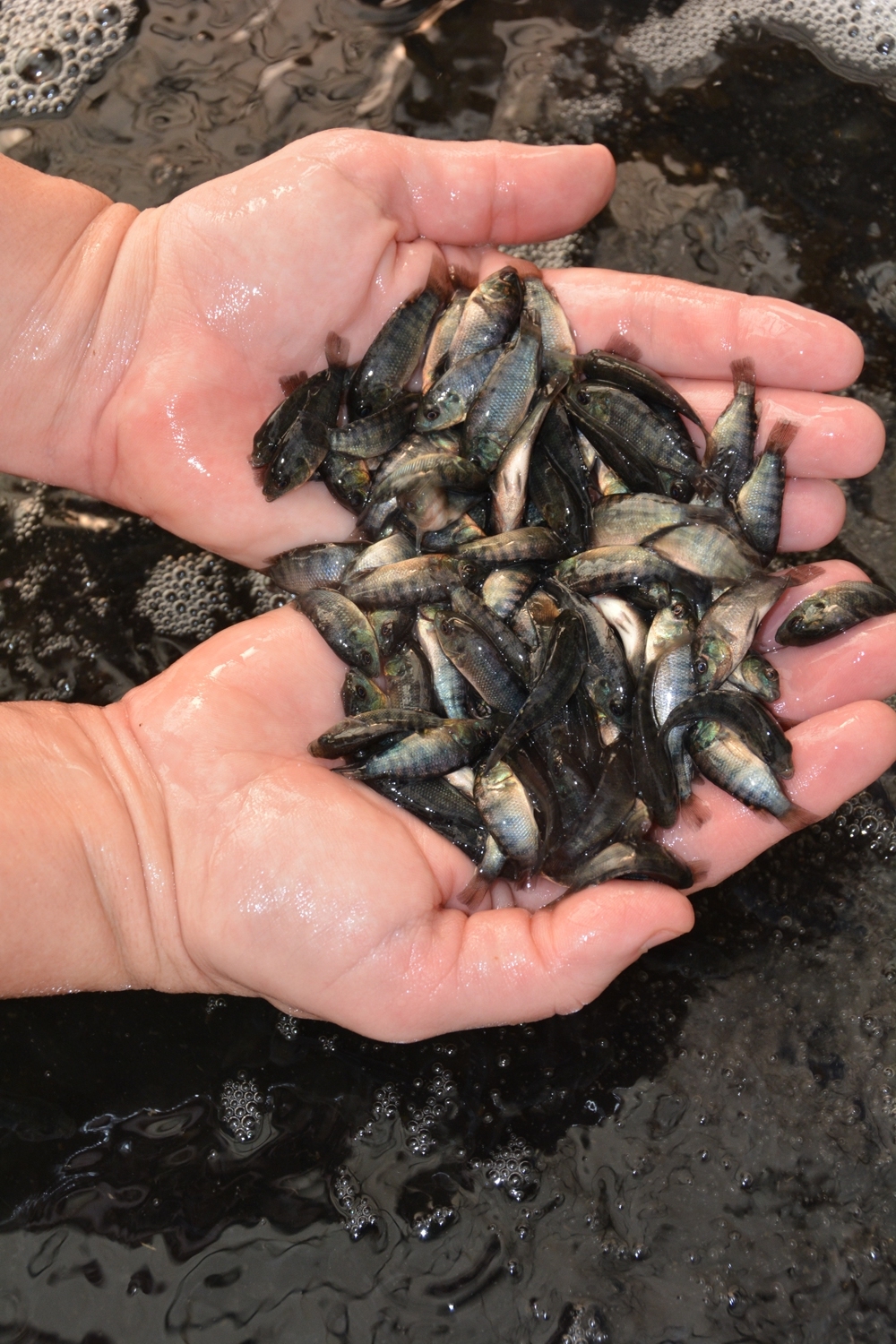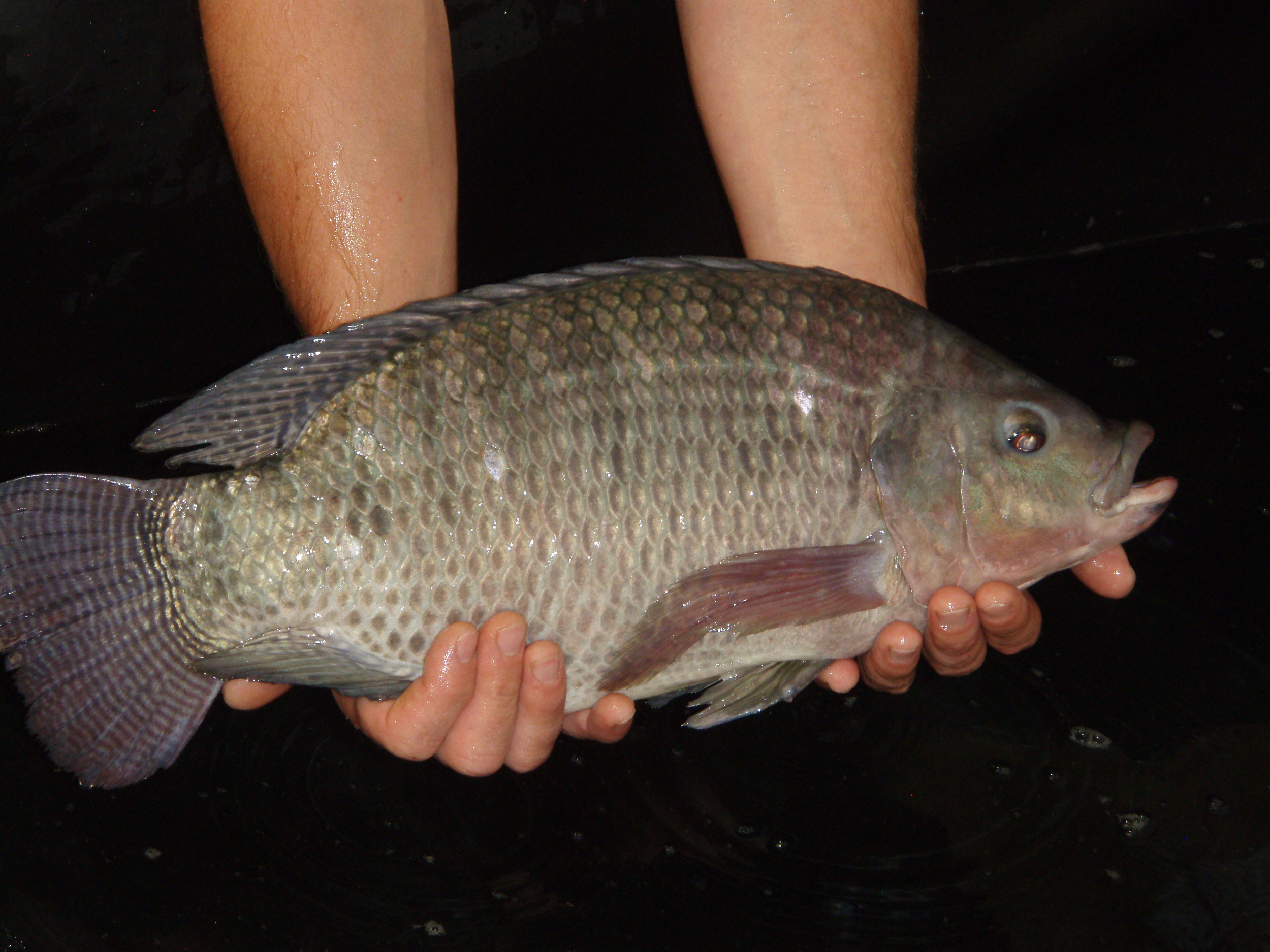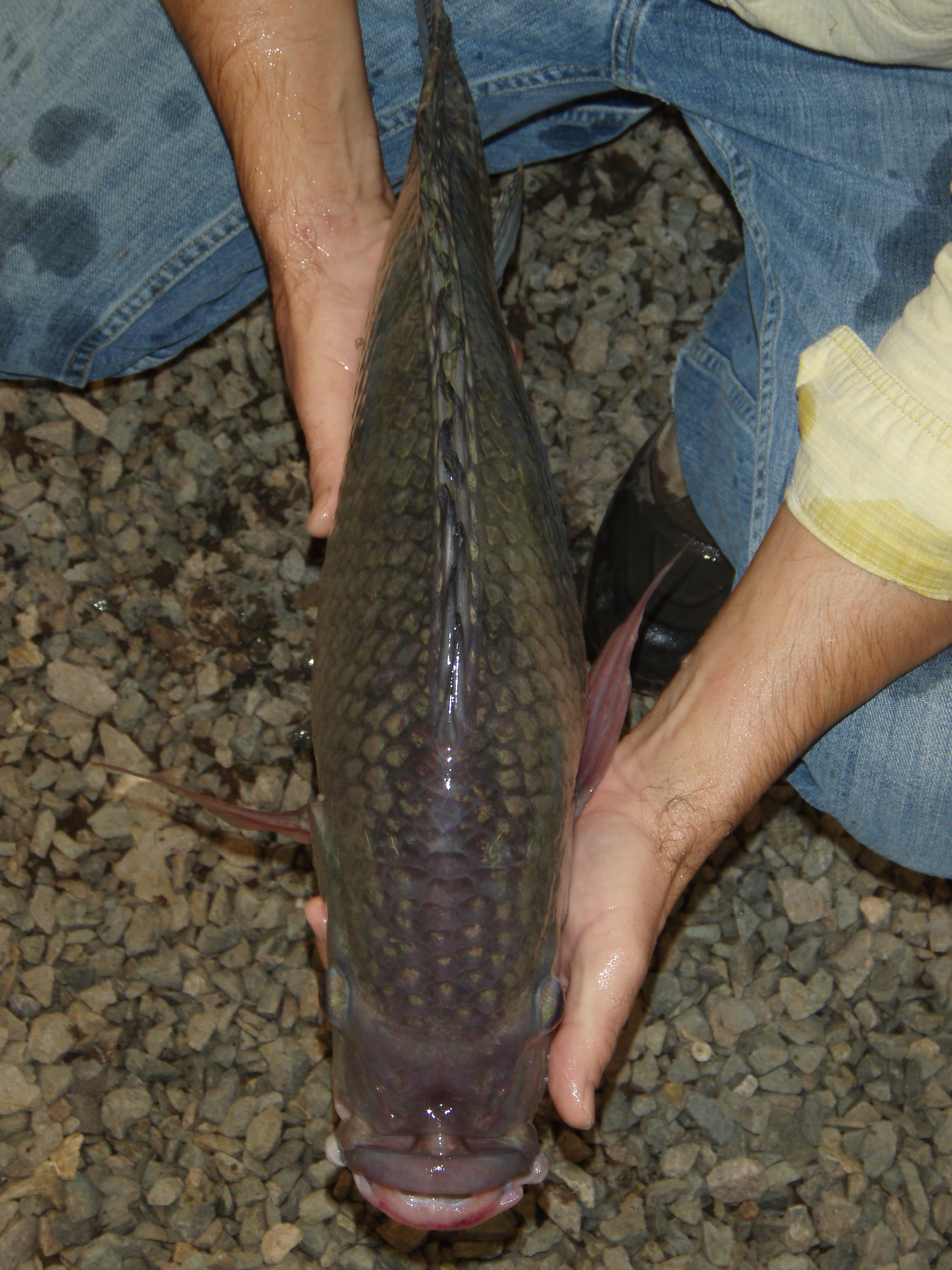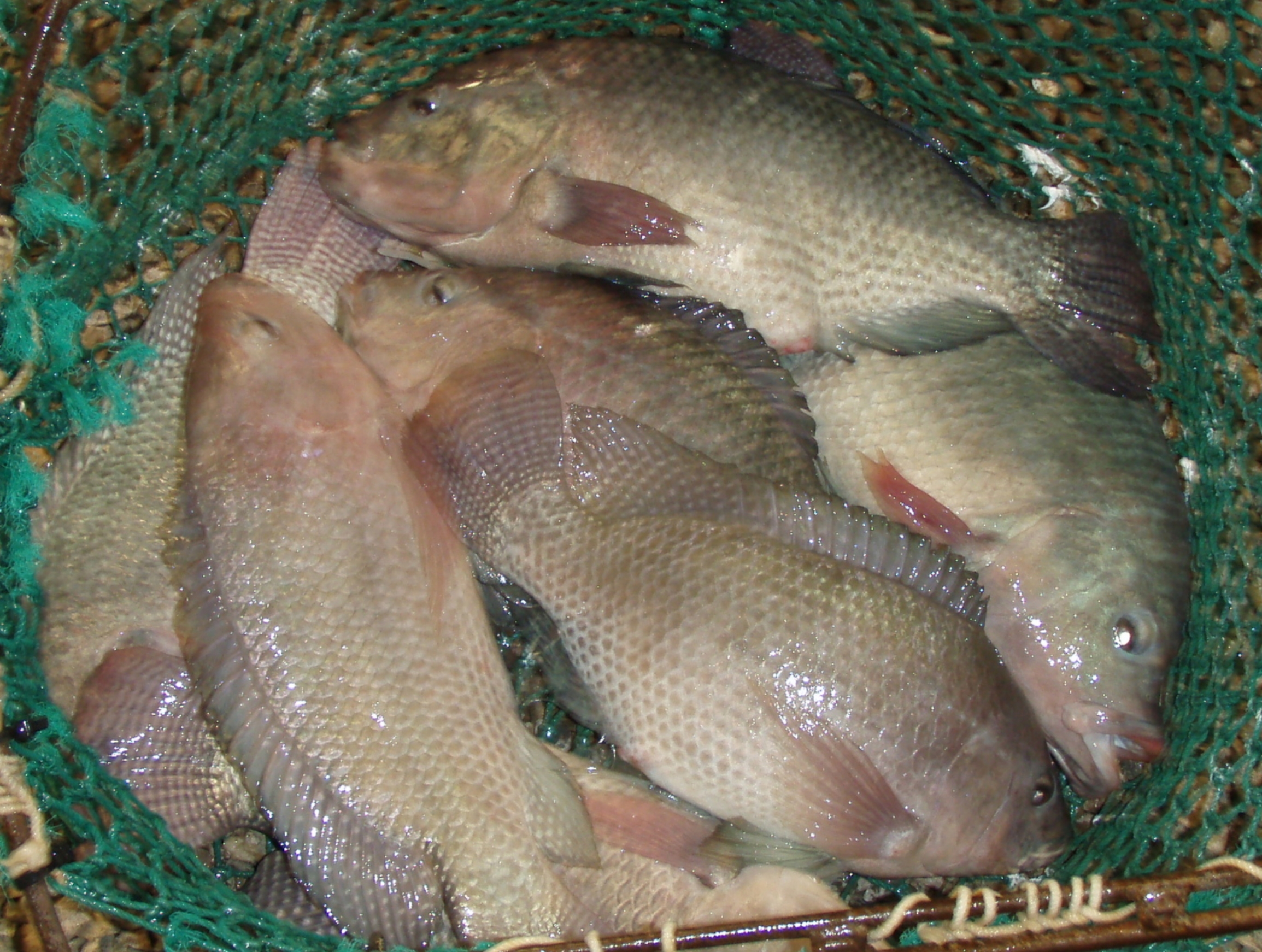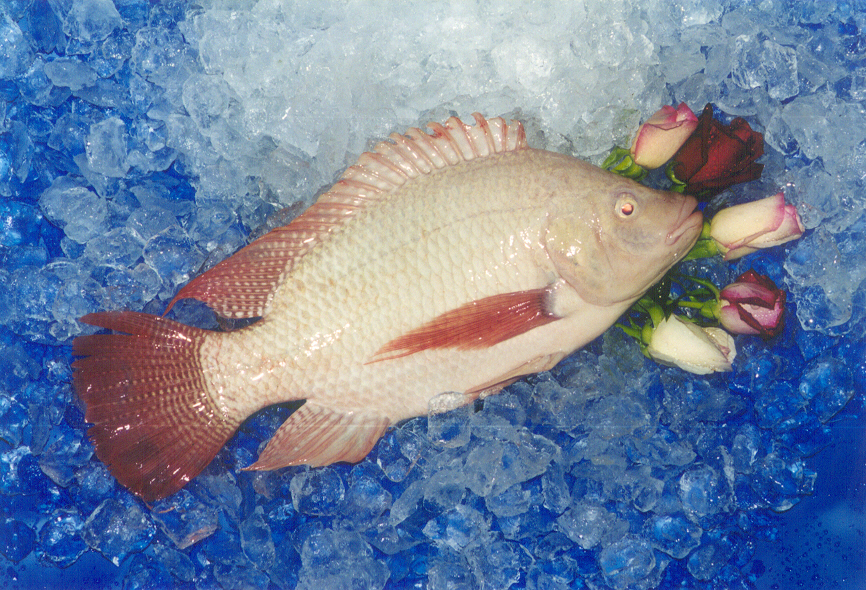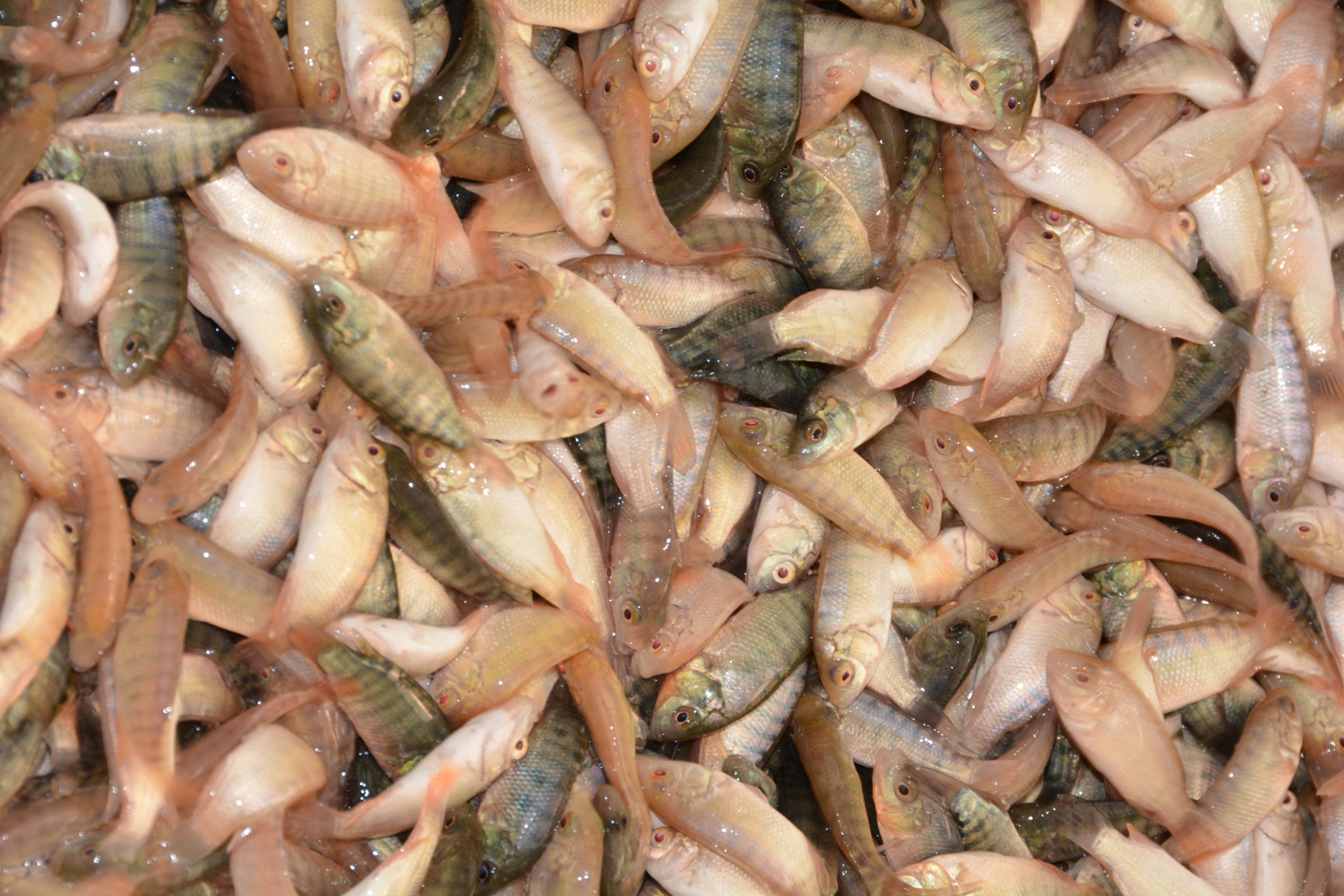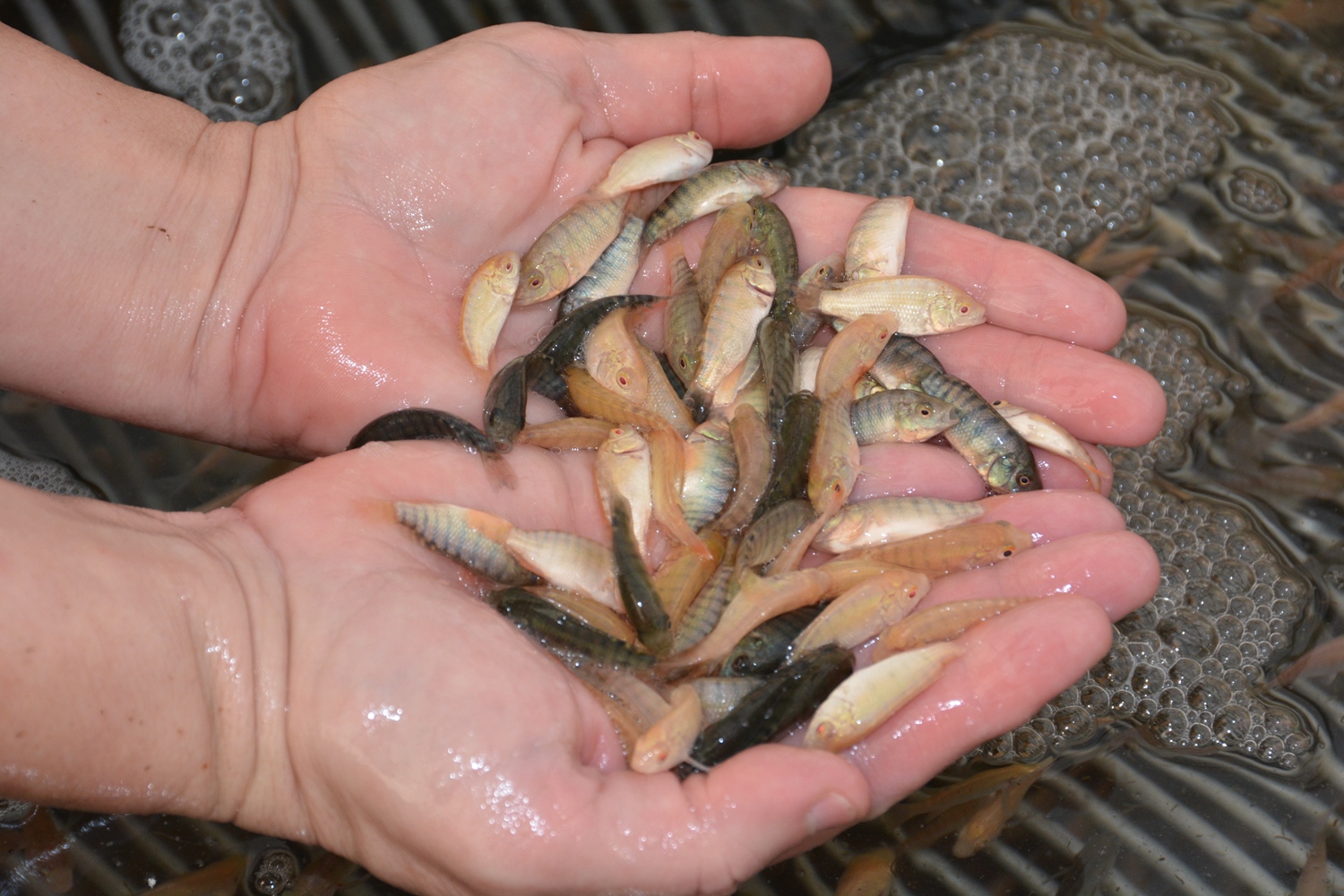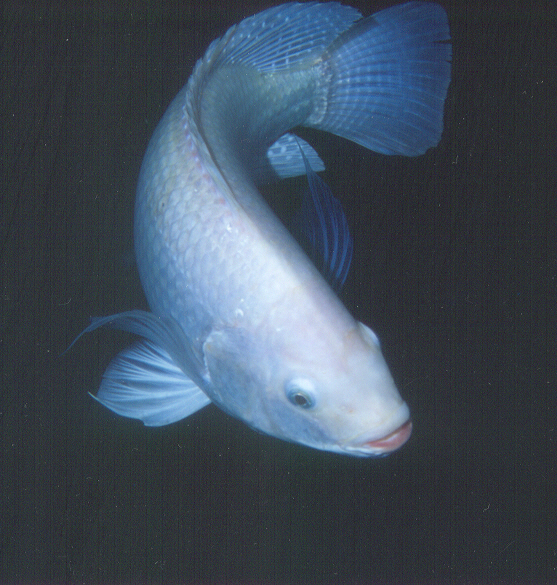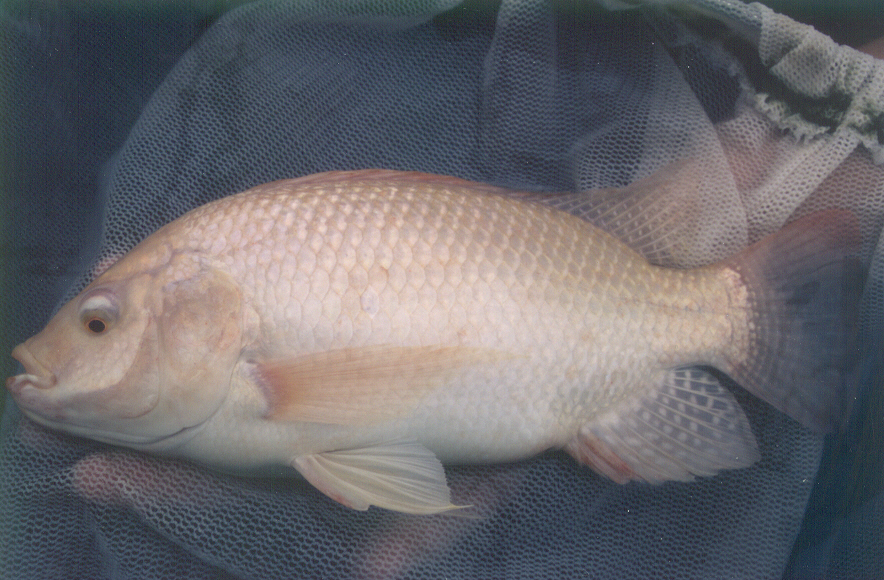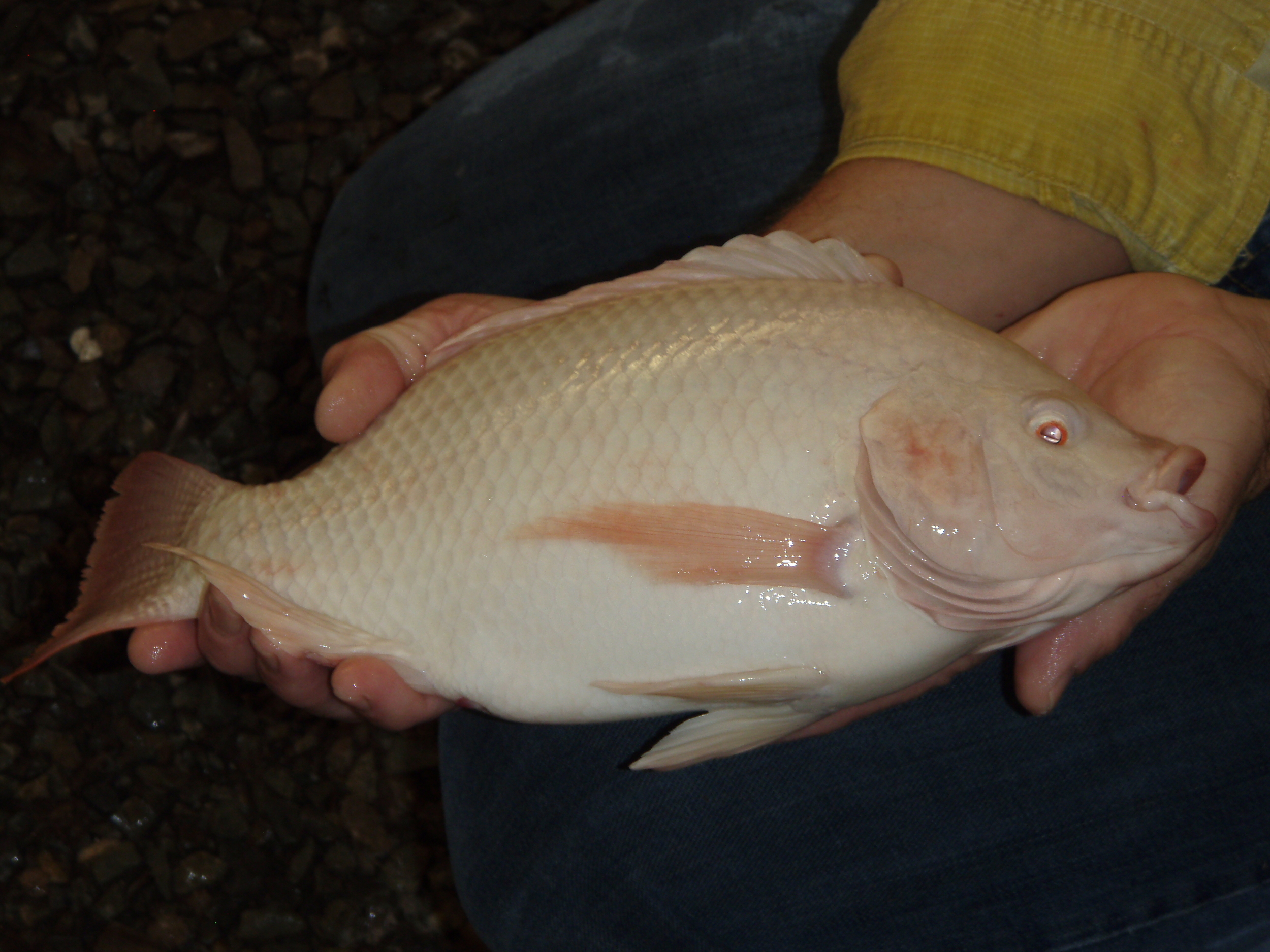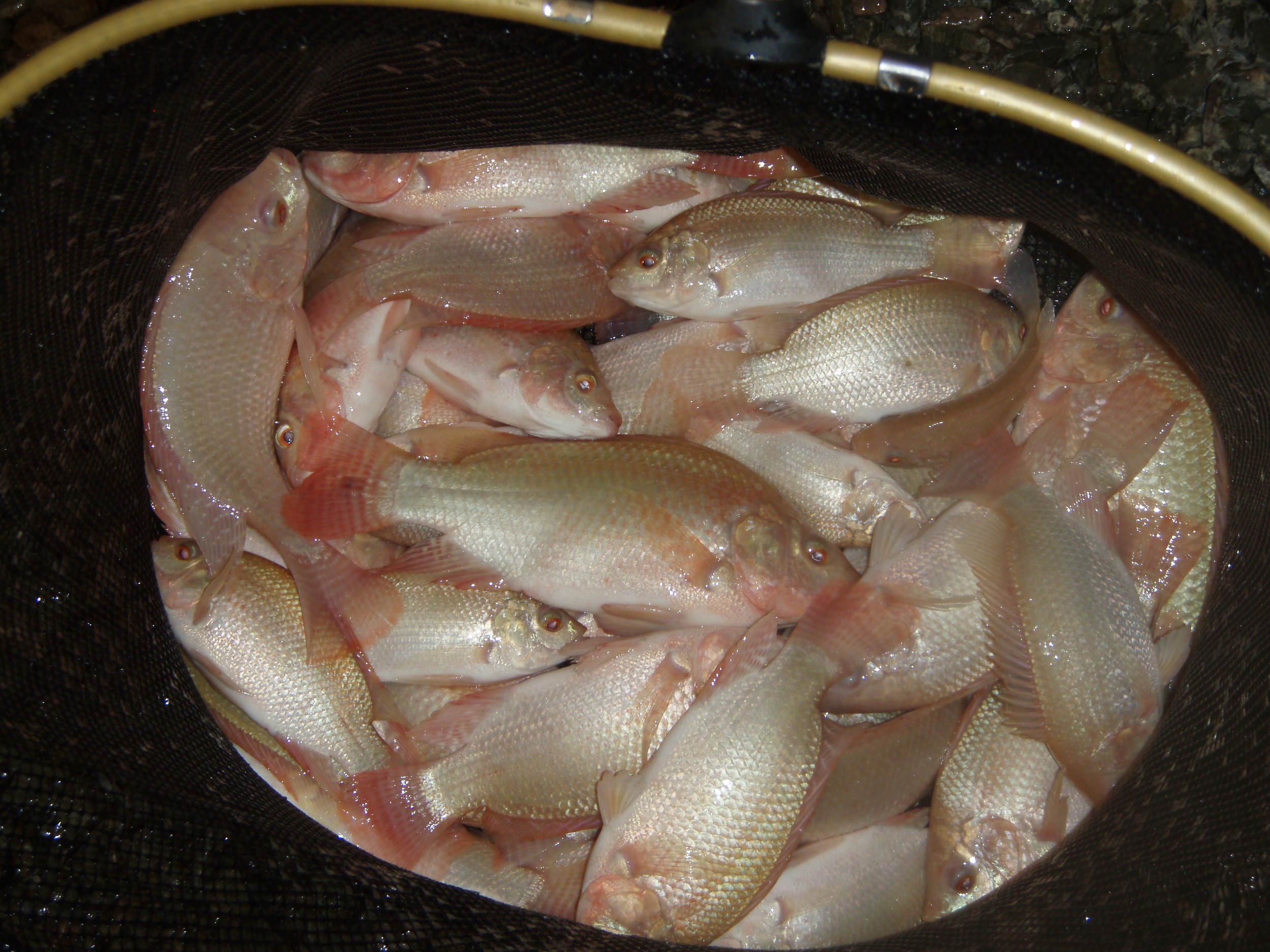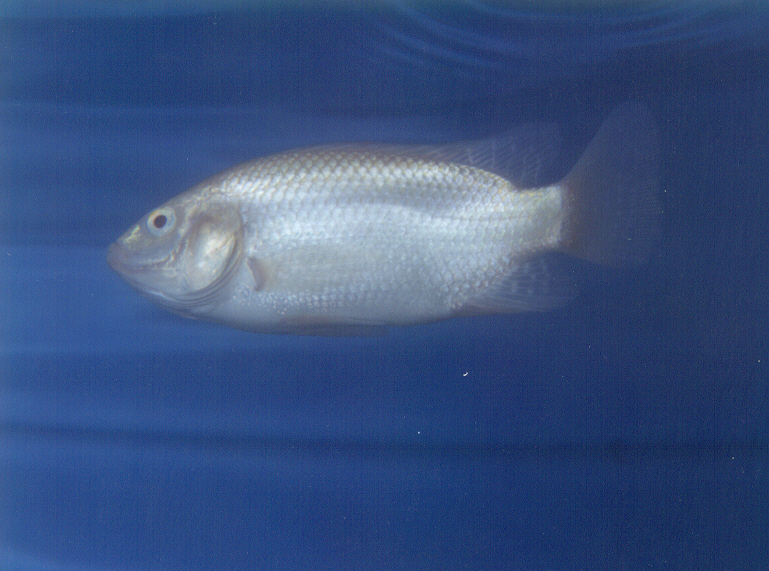It's simple - better genetics means better fish.
AmeriCulture relies upon two strains of Nile tilapia. The first strain was originally collected from the Nile River, north of Cairo, Egypt. This strain exhibited excellent growth performance and uniformity, as well as one unforeseen, but important characteristic – the propensity to produce an unusual color variant – which we call "The Pearl.” At one pearl fish per three million fingerlings, they were indeed rare. They are even rarer in the wild, as pearl fish don’t survive in the wild because their coloration attracts the attention of predatory birds. Fortunately for us, pearl breeders have pearl-colored offspring.
Lake Nasser, Egypt at sunset
The second strain was the result of arguably the finest Nile tilapia collection effort ever conducted. In 1994, Gary Chapman of North American Tilapia Inc. (NATI) hired renowned geneticist Douglas Tave to travel to Lake Nasser in Southern Egypt to collect Nile tilapia as a foundation for NATI’s genetic development program. Upon their return to Canada, NATI created a pedigree-based selection program that has continued to the present day at AmeriCulture's production site under the oversight of Gary Chapman and renowned geneticist Roger Doyle. Not only does the Lake Nassar strain grow to a very large size, more than 15 pounds, but it does so very quickly. What is unique among all strains of Nile tilapia is that it performs well at lower temperatures as a result of natural selection in the relatively cooler waters of Lake Nasser. The latter trait makes the strain particularly suitable for aquaponic systems given the lower temperature preference of most vegetables and herbs. This high performance strain is only available through AmeriCulture.
Damon and Gary Chapman
AmeriCulture offers two tilapia fingerling options. The first is the Lake Nasser strain in its undiluted form. The fish are a bluish-silver color with hints of green. They grow considerably faster than other strains available in North America. Their high yield, uniform growth, and capacity to grow rapidly at relatively cool temperatures makes this strain an ideal option for those primarily interested in maximizing production. The second option, which we refer to as “hybrid” fingerlings, are the result of a cross between the Pearl variants of our original strain with the Lake Nasser Strain. At 75% Lake Nasser genetics, the hybrid strain displays the enhanced growth and temperature tolerance of the Lake Nasser strain. Hybrid fingerlings are approximately two-thirds pearl coloration and one-third standard coloration. They are most popular among growers that cater to markets that prefer lighter-colored fish.
Lake Nassar Strain




